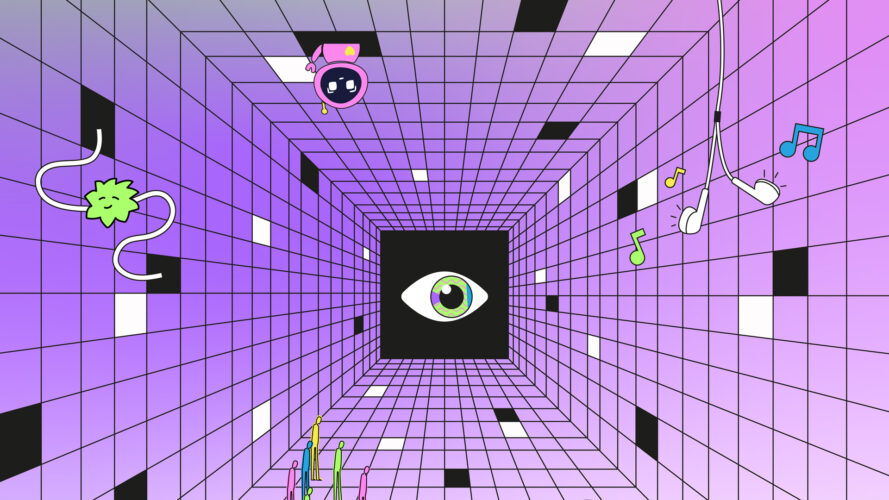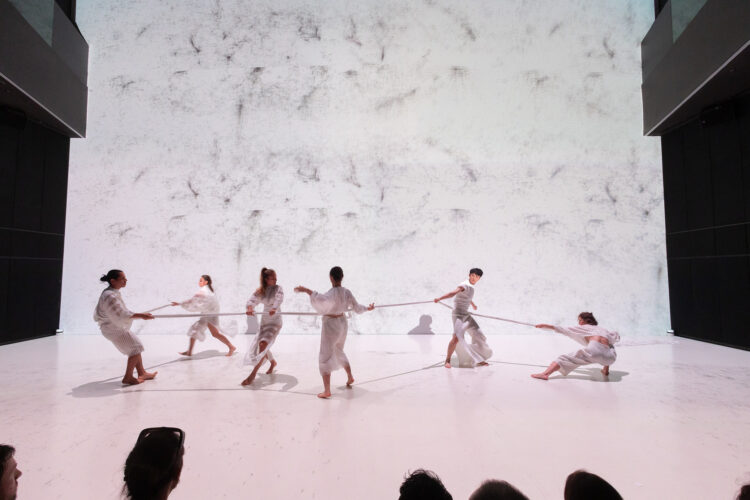
Exhibitions
-

Words as Weapons
Requiem for an Exit by Frode Oldereid and Thomas Kvam, winner of a 2025 Golden Nica, explores memory, violence, rhetoric, and the unsettling voice of a machine.
-
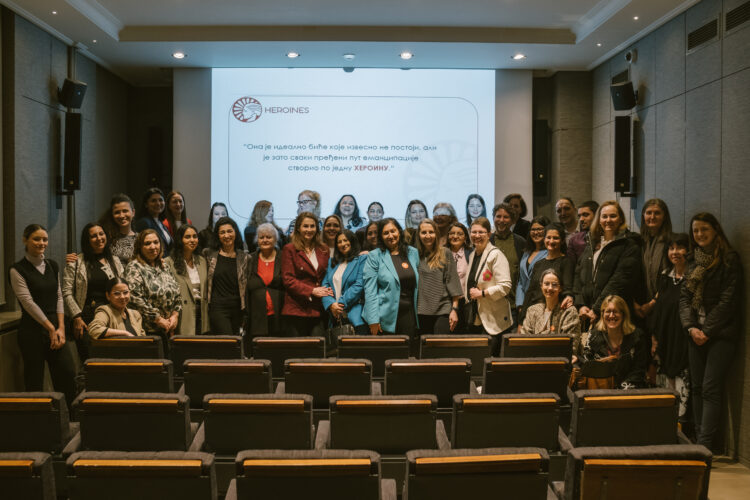
Stories of self-determination
The HEROINES project shows how citizens can help shape social change through research. In 2025, it was awarded the European Union Prize for Citizen Science.
-
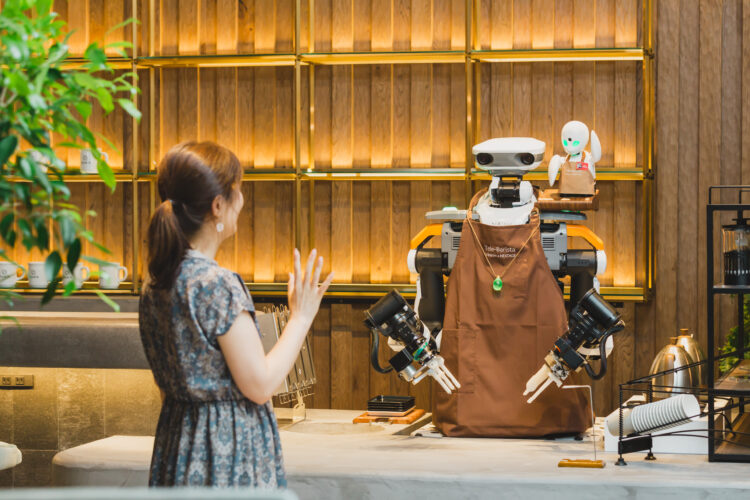
Cutting Edge: Avatars of Humanity
“Cutting Edge” is a new blog series in which Ars Electronica team members present outstanding artistic projects. In the first edition, Gerfried Stocker introduces a project that shows how technology can create closeness: In the ‘Avatar Robot Café,’ people with severe physical disabilities are integrated into everyday working life via robots.
-
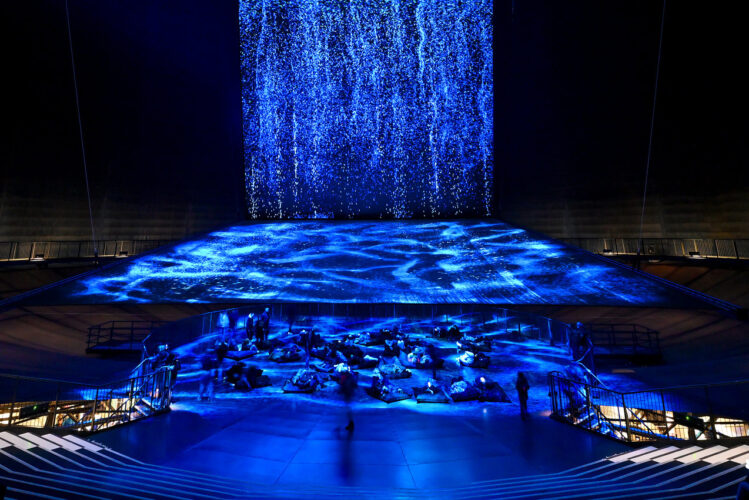
The Art of Knowledge Transfer
Science is complex, science is slow. Projects that do not preach data and figures but stage experiences show how it can still be made exciting.
-

By us, for us: Shaping Society
Ars Electronica embodies a vibrant community in which art, technology and society merge. For us, society is more than just a concept – it is the dynamic interaction of people who jointly develop visions, find creative solutions and shape the future.
-

Where Technology meets the Future
From world-famous buildings to a unique composer, the endless depths of the ocean and an Austrian export hit: How Ars Electronica uses innovative technologies to implement artistic ideas.
-

Can art change the world?
In 2024, Ars Electronica once again used international open calls, exciting collaborations and the festival as a stage to show how art can highlight creative solutions to the pressing issues of our time.
-

The interconnected world
The new exhibition at the Ars Electronica Center, “Connected Earth”, thematizes how the smallest creatures and powerful tides interact, what changes in biodiversity mean for man-made infrastructures, and what makes the Earth so habitable for millions of species, especially in their interaction.
-
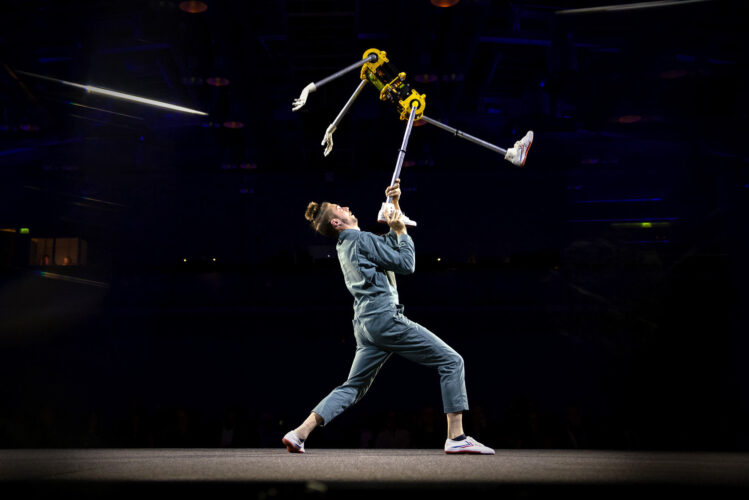
A record: More than 112,000 visits to Ars Electronica 2024
Once again, the Ars Electronica Festival has shown what it is all about: creating space, time and an atmosphere in which people can exchange ideas and inspire each other.
-

When Science and Art Come Together: The JKU Linz at the 2024 Ars Electronica Festival
Science and art are joining forces to find innovative solutions to current crises. Eight joint projects by JKU scientists and artists will be presented at the Ars Electronica Festival in Linz.
-
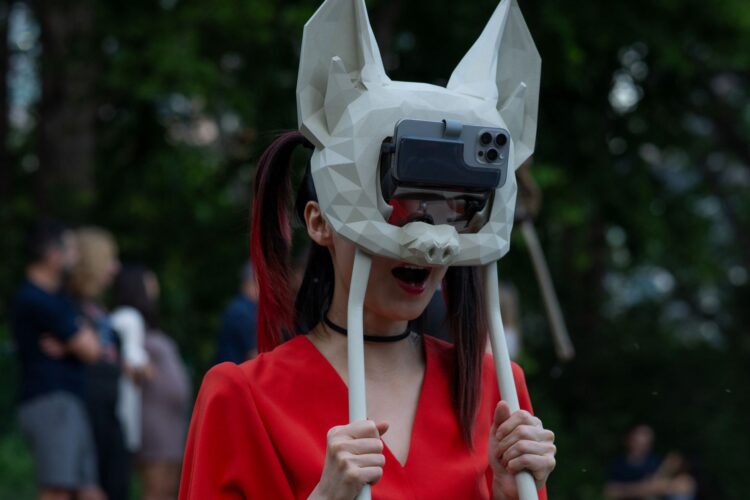
Ars Electronica Features: Beacons of Hope from Around the World
The Ars Electronica Features combine art and technology in close collaboration with partner institutions to showcase artistic programs and perspectives from around the world that initiate change.
-

Immersive Journeys Through Time
Ars Electronica is the future, cultural heritage is the past. Both tell of disruptive interrelationships at the intersection of art, technology and society. In Deep Space 8K, they enter into a unique symbiosis.
-

Data Art in dialogue: Artistic Interactions with Technology and Society
Data art transforms complex data into interactive, aesthetic works of art. In “Pulse of the EPO”, the Berlin duo Quadrature uses patent data to explore social and cosmic boundaries.
-
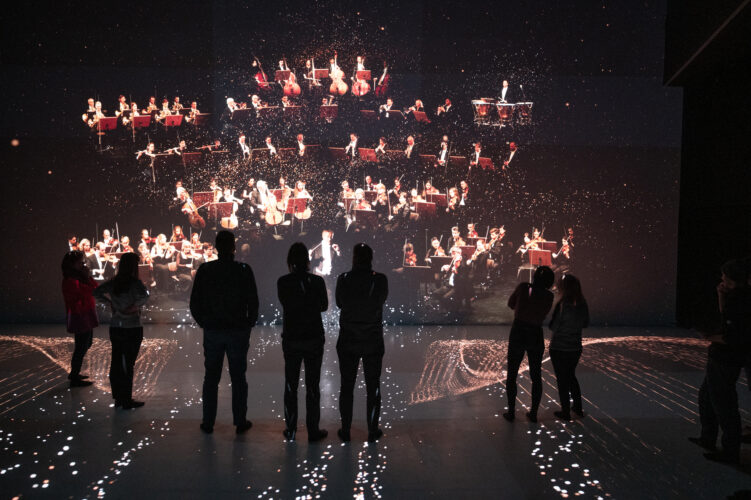
200 Years of Anton Bruckner: Music meets the latest Technologies
Upper Austria celebrates 200 years of Anton Bruckner in 2024. From February, you can experience the world of the famous composer in an unprecedented way at the Ars Electronica Centre!
-

Ars Electronica Recap 2023: AI, Art and Human Creativity
Technology as the third pillar of Ars Electronica was reflected in 2023 in projects ranging from Linz to Shanghai, from AI to card games and from local industry to international space travel.
-

Theater magic reimagined: Premiere of „Faust 2023“
Salzburg Festival and Ars Electronica Futurelab invite you to experience Max Reinhardt’s famous „Faust“ in a new way, using VR.
-
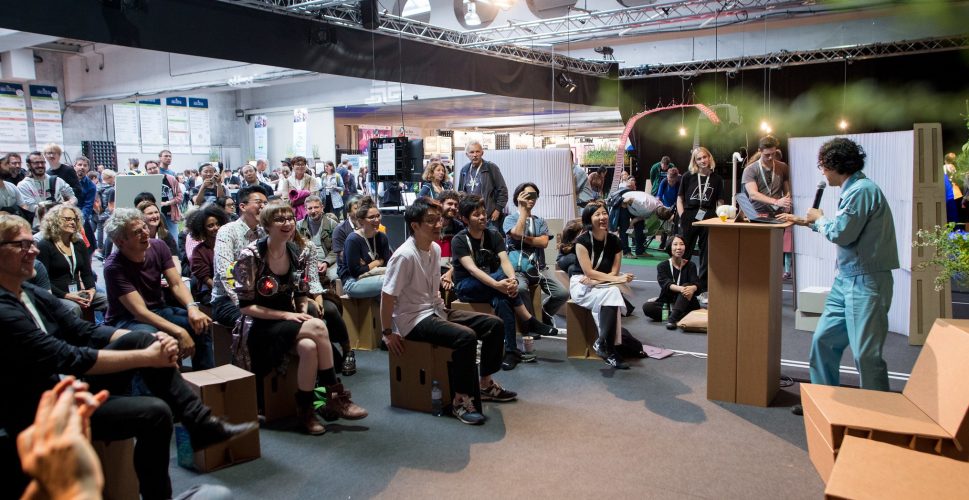
The Open Futurelab invites you: Get active for new hope
Re-experience technology as a social tool and discuss “What are the Futures?” – with the Futurelab at the Ars Electronica Festival.
-

(Co)Owning More-than-Truth: on a Quest for the Truth
The Theme Exhibition of Ars Electronica 2023 invites you on a journey between truth, reality and shaping the future.
-

Creating New Paths Together – The Next Renaissance
Jointly shaping a sustainable and innovative future with art and technology – the European initiative The Next Renaissance seeks to offer thought-provoking ideas for this journey.
-
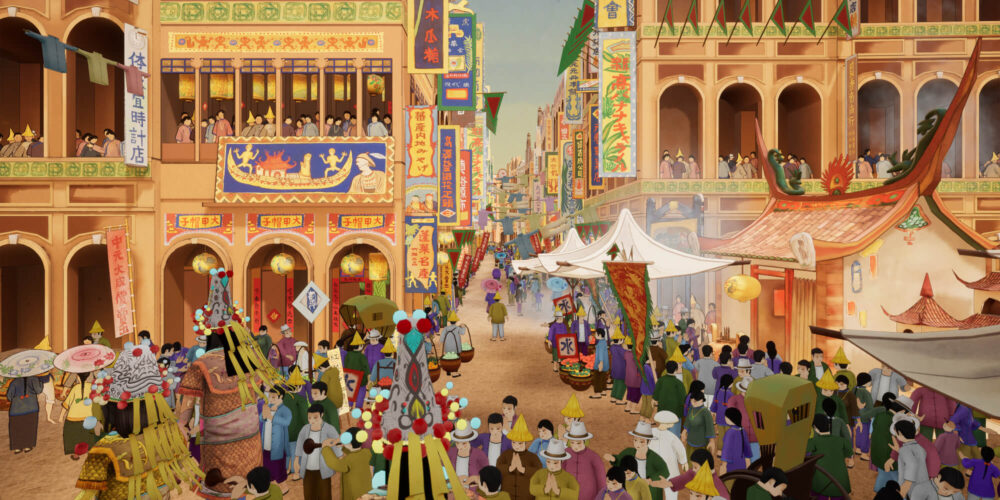
Crossing Boundaries: Taiwan’s Presence at Ars Electronica
During the Ars Electronica Festival 2023, a special focus lies on Taiwanese art and its creators who look at internationally relevant topics from their life situation.
-

State of the ART(ist): Creative Freedom in Risky Times
As last year, State of the ART(ist) 2023, now with a broader focus, aims to provide visibility to artists in precarious situations.
-

CIFO x Ars Electronica: Latin American Narratives and Creative Approaches
A fresh perspective on media art and on tackling global challenges will once again be brought to the Ars Electronica Festival in Linz in 2023 by artists from Latin America.
-

Swiss Artworks in the Spotlight
One focus of the Ars Electronica Festival 2023 is the representation of Swiss artists who will be present in Linz in the form of innovative projects as well as in person.
-
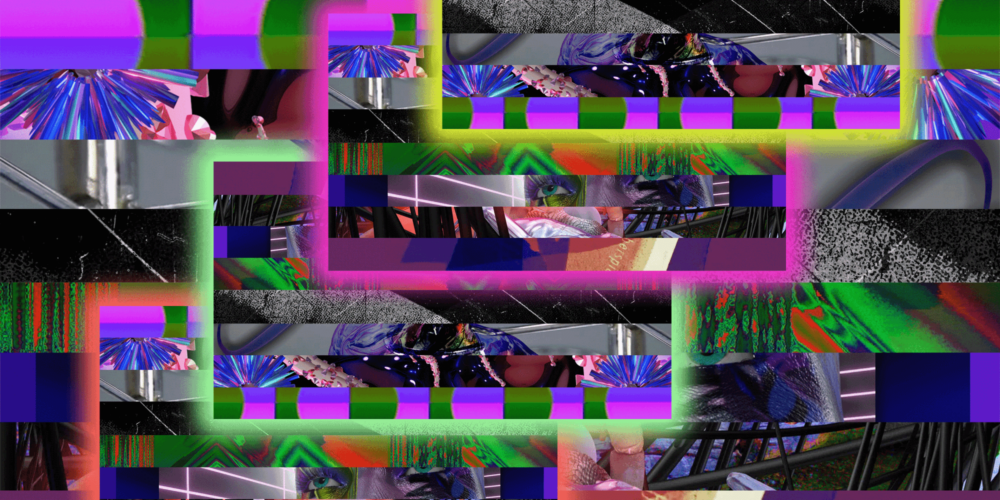
As an International Collective Towards the Future
In the anniversary year of the University of Arts Linz, the Campus Exhibition once again invites visitors to reflect and admire many international contributions and original, contemporary as well as inspiring works.
-

Old habits and new experiments
To find out how POSTCITY as a venue affects the exhibition concept of Prix Ars Electronica and S+T+ARTS, read on.
